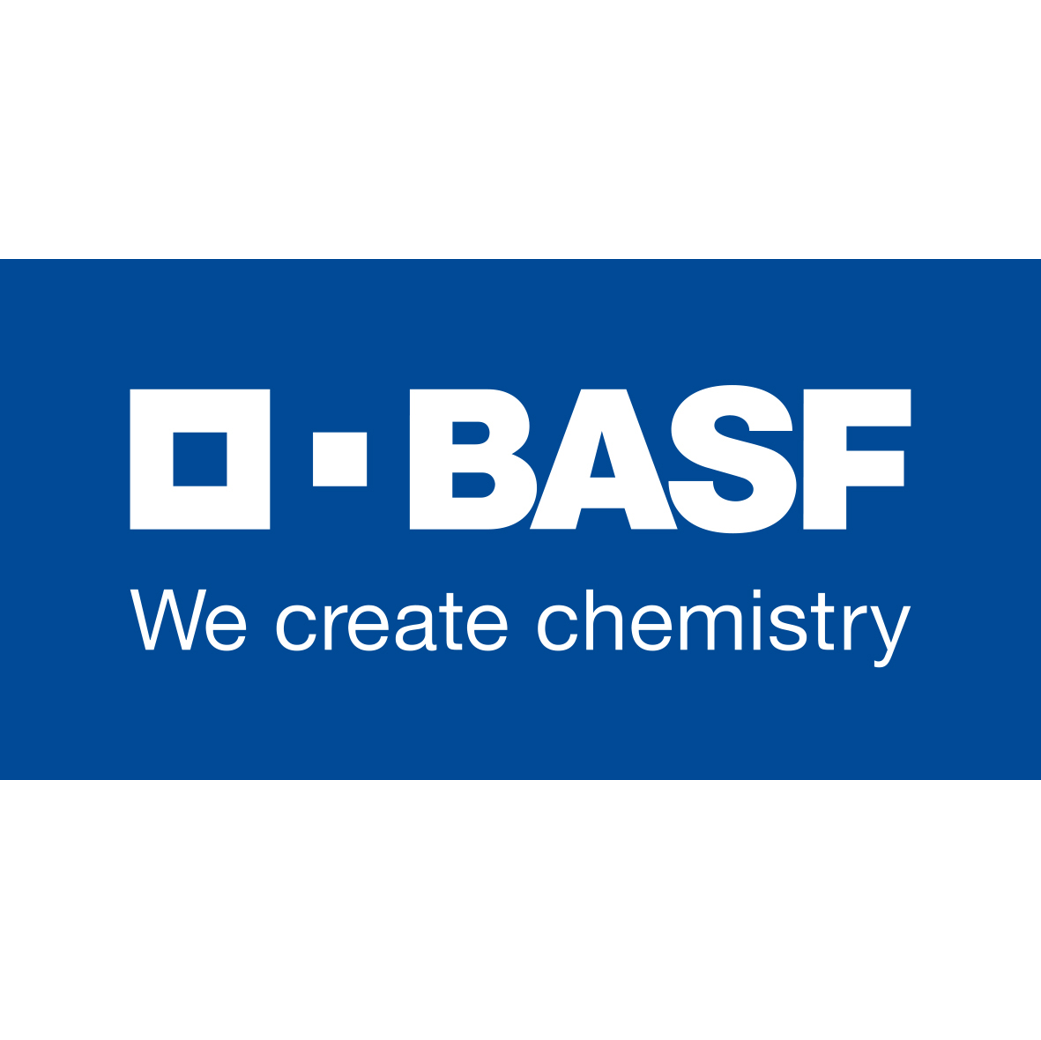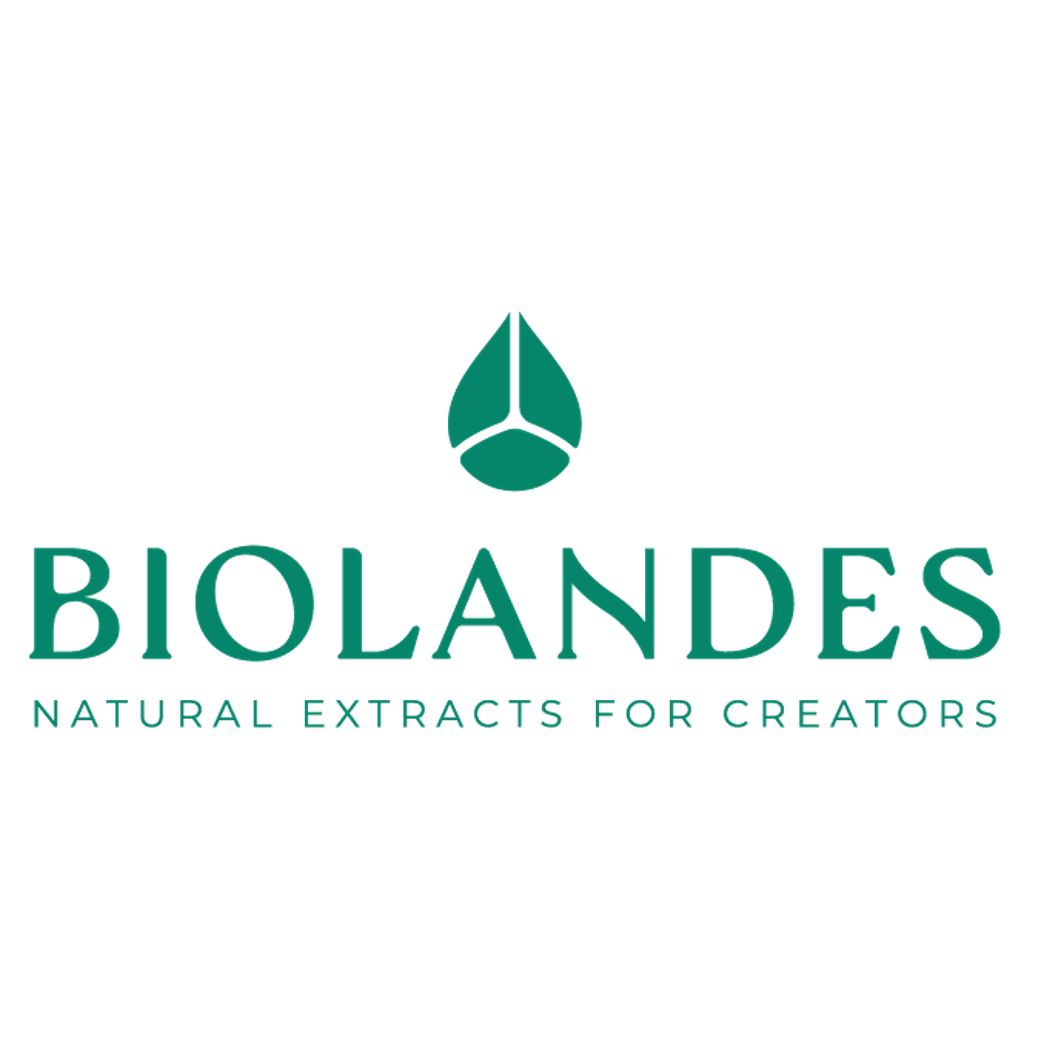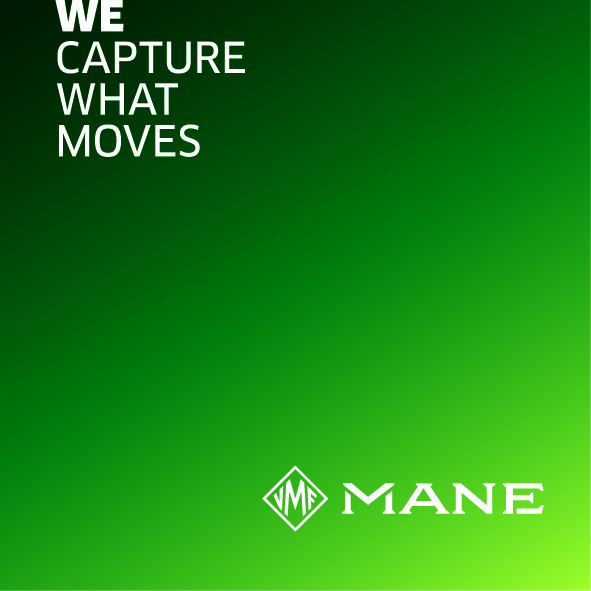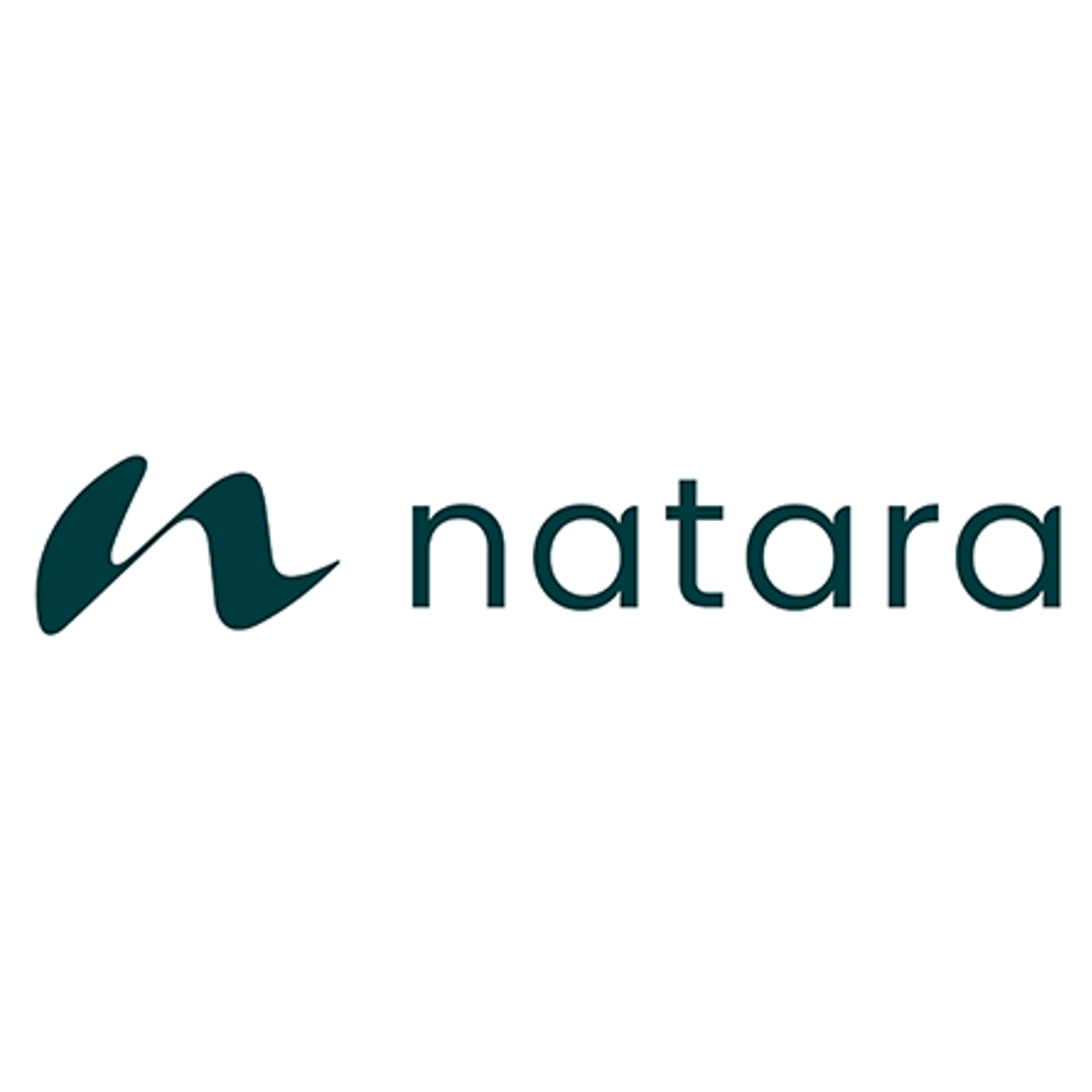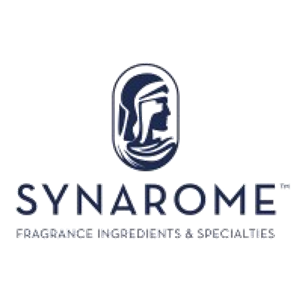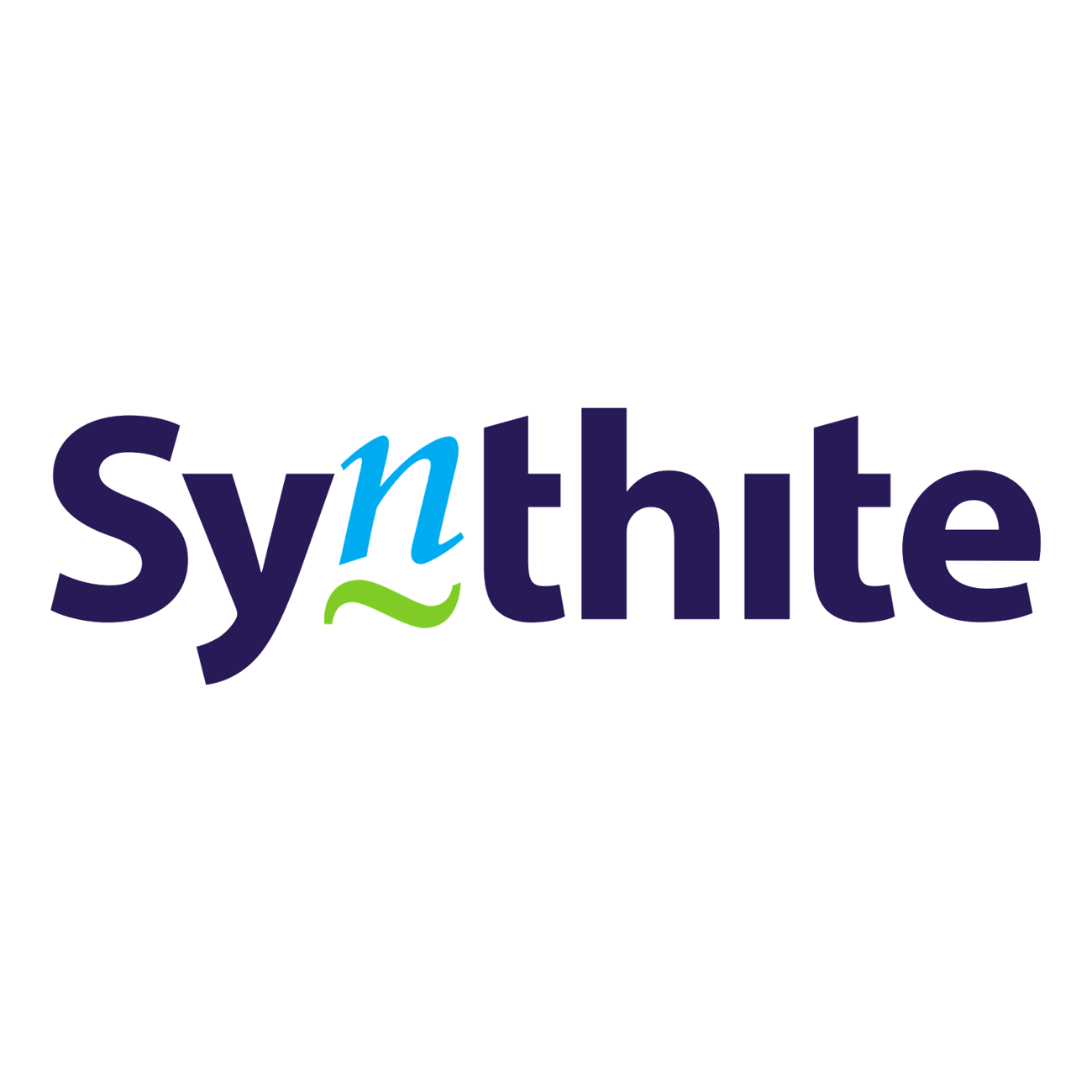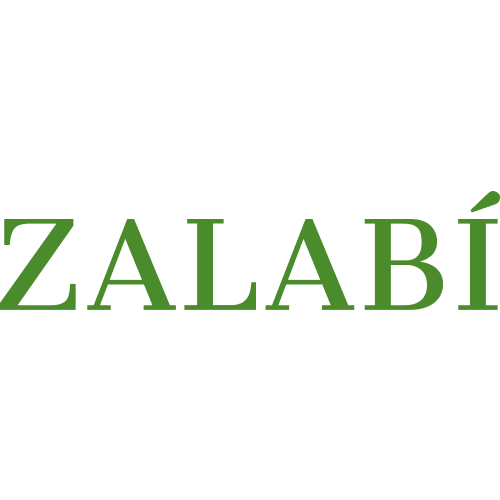
Photo credits: ScenTree SAS
| Company | Ingredient Name | ID | Comments | Naturality | Certifications | MOQ | Purity |
|---|---|---|---|---|---|---|---|
|
|
Cedramber - 30 Gr | - |
Visit website
|
- | - | - | |
|
|
CEDRAMBER | - |
Visit website
|
- | 10 grs | - |
General Presentation
-
CAS N° :
19870-74-7 -
EINECS number :
243-384-7 -
FEMA number :
Donnée indisponible. -
FLAVIS number :
Donnée indisponible.
-
JECFA number :
Donnée indisponible. -
Volatility :
Base -
Price Range :
€€
Physico-chemical properties
-
Appearance :
Colorless liquid -
Density :
0,975 -
Refractive Index @20°C :
1.494 - 1.498 -
Optical rotation :
Data not available. -
Vapor pressure :
0.0127 mmHg @25°C -
Flash Point :
135°C (275°F)
-
Molecular formula :
C16H28O -
Molecular Weight :
236,4 g/mol -
Log P :
4,6 -
Fusion Point :
Donnée indisponible. -
Boiling Point :
259°C (498,2°F) -
Detection Threshold :
Donnée indisponible.
Chemistry & Uses
Uses in perfumery :
Cedramber® is used in men's fragrances for woody and ambery accords, and in women's fragrances for some floral notes.
Year of discovery :
Discovered in 1966.
Natural availability :
Cedramber® is not available in its natural state.
Isomerism :
Cedramber® contains several asymmetric carbons. However, only a very precise conformation is used in perfumery. Ambroxan®, Muscenone® and Sandela® are the constitutional isomers of Cedramber®. Only Ambroxan® is close by its ambergris aspect. The other two have a very different smell.
Synthesis precursor :
Cedramber® is not a precursor to the synthesis of another compound of olfactory interest.
Synthesis route :
Cedramber® is synthesized by a nucleophilic substitution of Cedrol, for example by reaction with iodomethane, in the presence of potassium carbonate. Cedrol is obtained by oxidation of Alpha-Cedrene.
Stability :
Stable in perfumes and diverse functional bases
Other comments :
With its dry woods note, Cedramber® can be compared with Karanal® and Trimofix®. It remains nevertheless close to the smell of Cedarwood Virginia EO
IFRA
IFRA 51th :
This ingredient is not restricted for the 51th amendment





